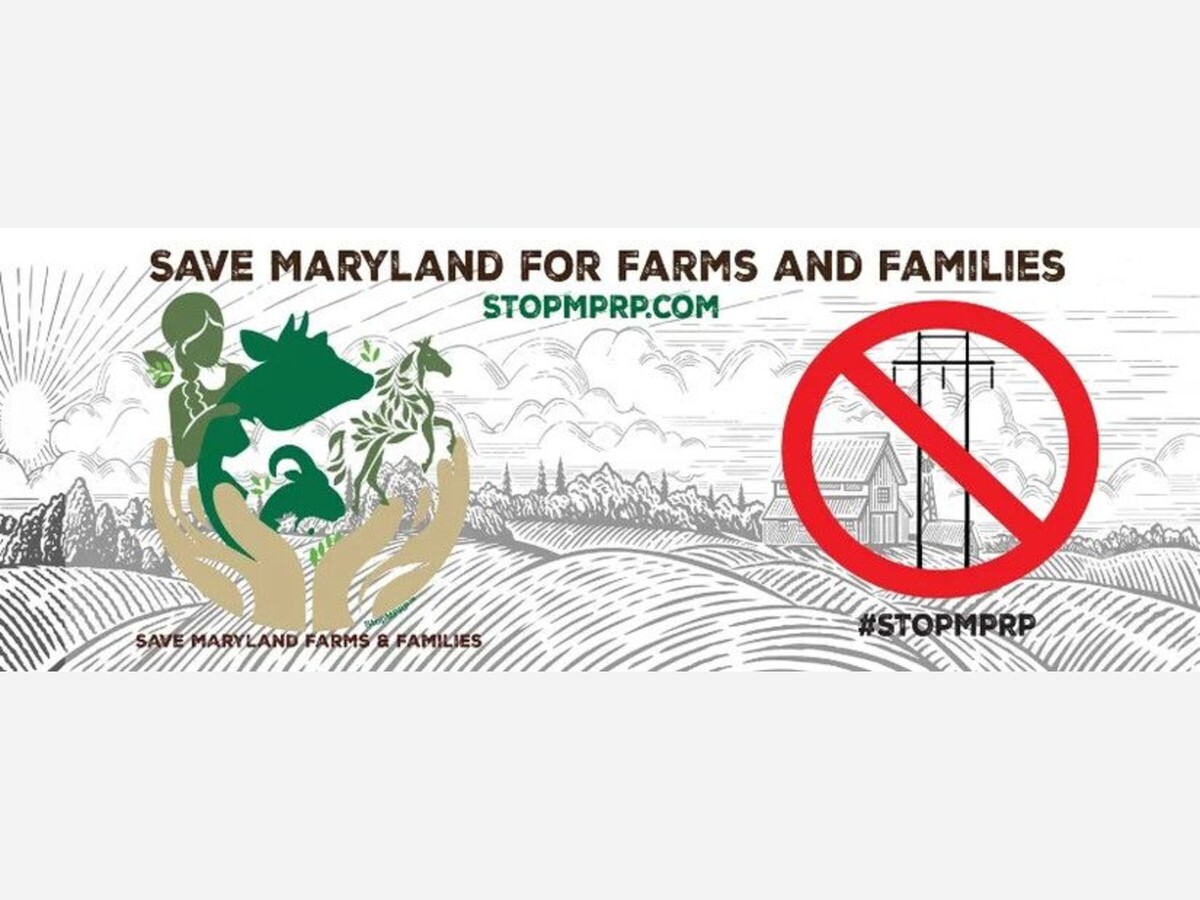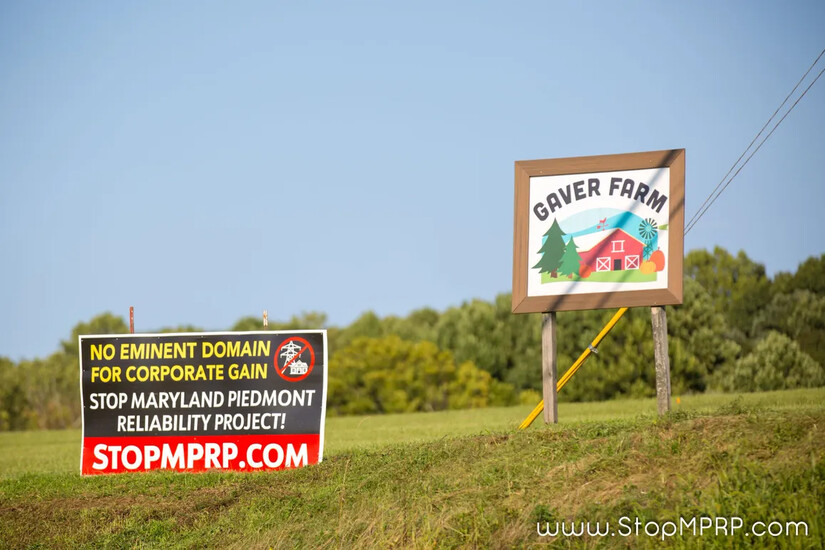Image

New Maryland Transmission Line Would Disrupt Hundreds of Acres of Forests and Wetlands, CBF Report Finds

By The Chesapeake Bay Foundation
Over 500 acres of protected land, including vulnerable forests and high-quality watersheds, would be threatened by the Maryland Piedmont Reliability Project, according to a new analysis by the Chesapeake Bay Foundation (CBF). In the fight for cleaner water across the Chesapeake Bay watershed, CBF today issued new geospatial data regarding how the controversial proposed transmission lines in Baltimore, Carroll, and Frederick Counties would harm wetlands, forests, and habitat.
“If done thoughtlessly, this project would be a huge backslide on Maryland’s robust environmental investments,” said Gussie Maguire, CBF Maryland Staff Scientist. “But we are not powerless. Maryland can and must enforce strict regulations to minimize and mitigate the environmental losses from this project, and ensure support for affected communities.”
Data summary
According to CBF’s Geographic Information System (GIS) findings, the transmission line’s right-of-way will cut through:
CBF’s GIS survey data was derived from information released by the project developer, utility company Public Service Enterprise Group, Inc (PSEG), and assumes a 150-foot-wide easement around the length of the transmission line.
Background
In October, PSEG announced a proposed route for the Maryland Piedmont Reliability Project, which the company said would deprioritize environmental concerns. All three counties where the line will intercede—Baltimore, Carroll, and Frederick—have fiercely opposed the project.
Maryland’s electric grid operator, PJM, asserts that a high-powered transmission line is necessary due to the growing demand for power from data centers in Northern Virginia. The proposed 500,000-volt transmission line’s area of impact would be roughly 70 miles long and 550 feet wide.
PSEG still needs to submit a permit application to the Maryland Public Service Commission (PSC) before the project can proceed. That application is expected before the end of 2024.
Why It Matters
If classified as necessary utility infrastructure, this project would be exempt from Maryland’s Forest Conservation Act, including conservation and reforestation requirements. However, PSC’s permit could include additional conditions that effectively minimize the line’s environmental harm wherever possible and enforce mitigation requirements where avoidance is not possible.
This is the first of 10 transmission lines that PSEG intends to construct through Maryland. It is paramount that PSC sets a strong precedent with this initial permit, enforcing the highest environmental standards and ensuring maximum remediation for affected communities.
As the state moves towards a greener grid and electrification of appliances and cars, more power will be needed. However, the deforestation and environmental devastation required would contradict many of Maryland’s climate change goals. It is much more cost-effective to preserve high-quality waterways upfront than to try and restore streams and landscapes after devastation occurs.
Preserved forests and wetlands in the upper reaches of the Chesapeake Bay watershed are some of the most effective water filtration systems and fighters of climate change. They provide habitat for many of Maryland’s most beloved wildlife species who are already experiencing forest fragmentation and habitat loss from intense development pressure.
Residents voiced their concerns last week during a series of public hearings in Baltimore, Carroll, and Frederick Counties. CBF encourages concerned advocates to email questions and comments directly to the Maryland PSC inbox at piedmontcomments.psc@maryland.gov.

Governor Moore’s Statement on the Piedmont Reliability Project
ANNAPOLIS, MD – Governor Wes Moore released the following statement on the Maryland Piedmont Reliability Project:
Over the past several months, I have listened to concerns from local leaders, businesses, and residents about the Piedmont Reliability Project. I appreciate and respect the many Marylanders who have voiced strong opposition—especially the farmers, small business owners, and residents whose livelihoods stand to suffer impact.
As I have said from the start, I share grave concerns about how the study area for this project was determined, the lack of community involvement in the planning process, and the lack of effective communication about the impacts of this project. The single most important factor remains wholly unclear: the project’s comprehensive benefit to Marylanders.
In October, I joined Gov. Pritzker, Gov. Carney, and Gov. Murphy in signing a letter imploring PJM leadership to embrace, without delay, opportunities to work collaboratively on transmission planning. Together, we recognize that energy and economic development goals are not mutually exclusive and that progress depends upon true partnership to achieve growth.
To be clear: We need sustainable and cost-effective infrastructure to ensure the reliability of our grid and build the economy of the future in our state. But the approach must be one that puts people first.
In the coming days, I will ask leadership from PJM Interconnection and PSEG, the companies in charge of this project, to meet with me to discuss serious reservations about how this process has been conducted thus far, and the type of engagement I expect with our communities.